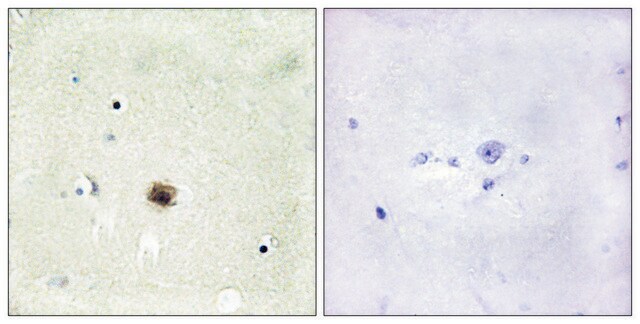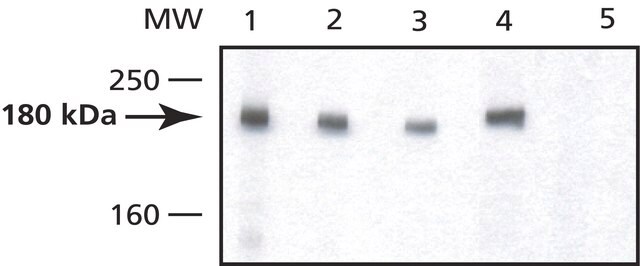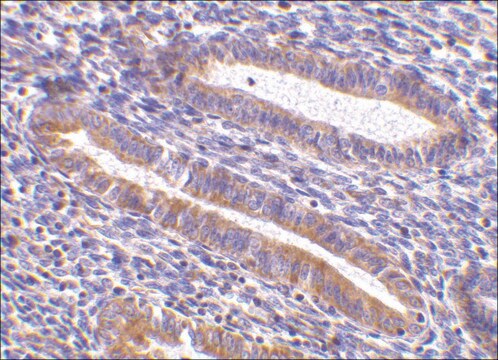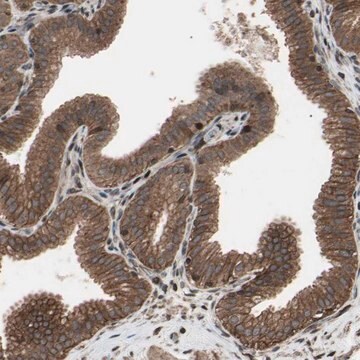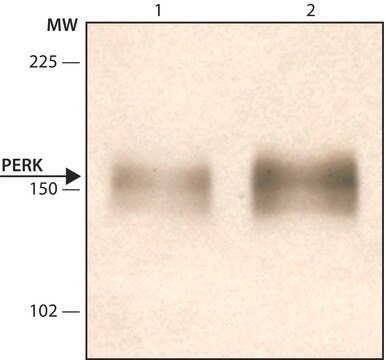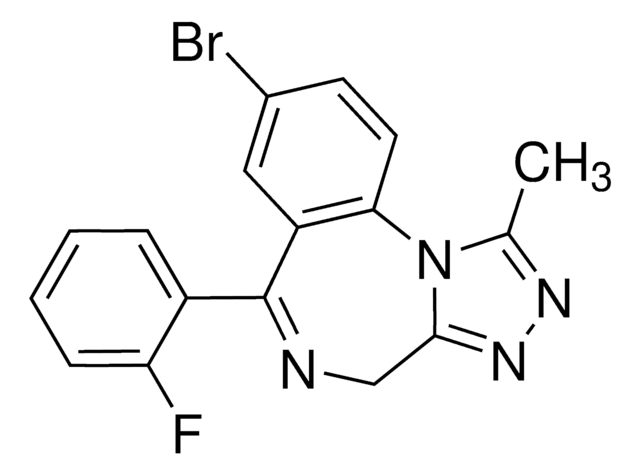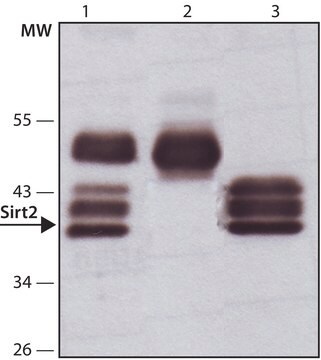MABF2105
Anti-CD6 Antibody, clone UMCD6
clone UMCD6, from mouse
Sinónimos:
T-cell differentiation antigen CD6, T12, TP120
About This Item
Productos recomendados
biological source
mouse
antibody form
purified immunoglobulin
antibody product type
primary antibodies
clone
UMCD6, monoclonal
species reactivity
human
packaging
antibody small pack of 25 μg
technique(s)
dot blot: suitable
flow cytometry: suitable
immunoprecipitation (IP): suitable
inhibition assay: suitable
isotype
IgG1κ
NCBI accession no.
UniProt accession no.
target post-translational modification
unmodified
Gene Information
human ... CD6(923)
General description
Specificity
Immunogen
Application
Induces Function: A representative lot showed strong synergistic effect with phorbol ester in inducing T cell activation and enhanced the autologous mixed lymphocyte reaction. (Bott, C.M., et. al. (1993). Int Immunol. 5(7):783-92).
Dot Blot Analysis: A representative lot detected CD6 in Dot Blot applications (Bott, C.M., et. al. (1993). Int Immunol. 5(7):783-92).
Immunoprecipitation Analysis: A representative lot immunoprecipitated CD6 in Immunoprecipitation applications (Bott, C.M., et. al. (1993). Int Immunol. 5(7):783-92).
Flow Cytometry Analysis: A representative lot detected CD6 in Immunoprecipitation applications (Singer, N.G., et. al. (1996). Immunology. 88(4):537-43; Bott, C.M., et. al. (1993). Int Immunol. 5(7):783-92; Bott, C.M., et. al. (1994). J Immunol. 153(1):1-9; Li, Y., et. al. (2017). Proc Natl Acad Sci USA. 114(10):2687-2692).
Quality
Flow Cytometry Analysis: A 1:1000 dilution of this antibody detected CD6 in one million Jurkat cells stimulated with PMA.
Target description
Physical form
Other Notes
¿No encuentra el producto adecuado?
Pruebe nuestro Herramienta de selección de productos.
Certificados de análisis (COA)
Busque Certificados de análisis (COA) introduciendo el número de lote del producto. Los números de lote se encuentran en la etiqueta del producto después de las palabras «Lot» o «Batch»
¿Ya tiene este producto?
Encuentre la documentación para los productos que ha comprado recientemente en la Biblioteca de documentos.
Nuestro equipo de científicos tiene experiencia en todas las áreas de investigación: Ciencias de la vida, Ciencia de los materiales, Síntesis química, Cromatografía, Analítica y muchas otras.
Póngase en contacto con el Servicio técnico